When it comes to designing a bathroom, one of the key elements that can make or break the look and feel of the space is the flooring. Bathroom floor tiles not only provide functionality by offering a durable and water-resistant surface, but they also play a major role in setting the overall style and aesthetic of the room.
Importance of Choosing the Right Tile
Selecting the right floor tile for your bathroom can significantly influence the space’s functionality, durability, and visual appeal. The right tile can enhance the room’s ambiance, harmonize the interior design, and reflect your personal style.
A well-chosen tile is not only easy to maintain and clean but also resistant to dampness and slip, enhancing safety within the bathroom. Durability is also a key consideration, as the right tile will withstand high foot traffic and wear over time without losing its charm.
Therefore, the importance of selecting the appropriate bathroom floor tile cannot be overstated.
Material Choices
1. Ceramic Tiles
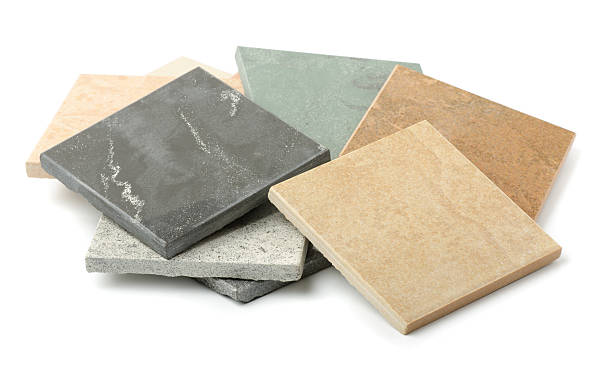
Ceramic tiles have been a popular choice for bathroom flooring for decades. They are made from a mixture of clay and other natural materials, which are then kiln-fired. This process creates a durable and hard surface that is resistant to water, stains, and wear.
Ceramic tiles come in a wide range of colors, patterns, and sizes, offering endless design possibilities. They are relatively easy to install and can be maintained with regular cleaning.
Their high resistance to moisture makes them an ideal choice for bathrooms. While they offer a cool underfoot, using radiant heating mats under ceramic tiles can provide added warmth.
Nonetheless, ceramic tiles can be slippery when wet, so opting for textured or non-slip varieties is highly recommended for bathroom use.
2. Porcelain Tiles
Porcelain tiles are another excellent option for bathroom flooring. Renowned for their durability and water resistance, these tiles are made from refined clay and fired at higher temperatures compared to ceramic tiles.
This process makes porcelain tiles denser and less porous, which results in superior resistance to moisture and stains. Porcelain tiles are also highly resilient to wear and tear, making them a great choice for high-traffic areas.
They are available in an extensive variety of colors, patterns, and finishes, including options that mimic the appearance of natural stone or wood. This versatility allows for remarkable design flexibility, enabling homeowners to achieve their desired aesthetic.
However, porcelain tiles tend to be more expensive and harder to cut and install than ceramic tiles. As with ceramic tiles, they can be cold and slippery, but these issues can be mitigated by using radiant heating systems and opting for textured surfaces.
3. Vinyl Tiles
Vinyl tiles represent a cost-effective and practical choice for bathroom flooring. They are renowned for their water resistance, making them highly suitable for moisture-prone areas like bathrooms.
Made from a layer of vinyl backed with felt or foam, vinyl tiles offer a softer, warmer underfoot compared to ceramic or porcelain tiles. This type of flooring is easy to install, often featuring a peel-and-stick method, which makes it an attractive option for DIY enthusiasts.
Vinyl tiles come in a vast array of colors, patterns, and styles, including designs that emulate the look of stone or wood. Their smooth surface makes them easy to clean and maintain.
However, it’s worth noting that while vinyl tiles are resistant to water, they can be susceptible to damage from sharp objects or heavy loads, and they may not add as much value to your home in comparison to ceramic or porcelain tiles.
Despite these potential downsides, their affordability, comfort, and design versatility make vinyl tiles a popular choice for bathroom flooring.
4. Stone Tiles
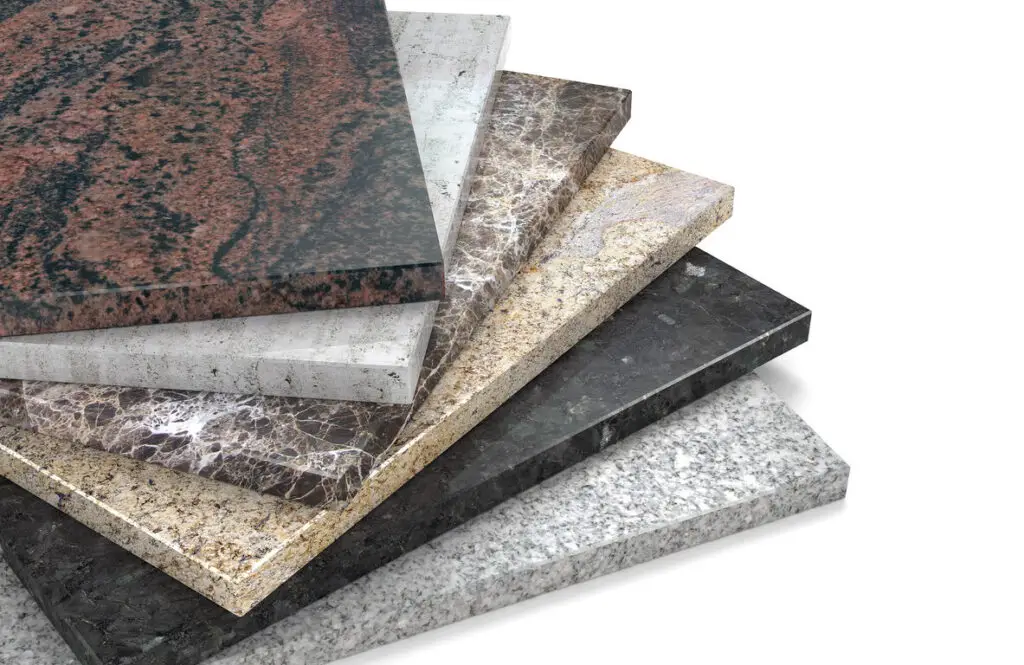
Stone tiles offer a timeless and luxurious appeal, bringing a touch of nature into your bathroom space. Derived from natural elements like granite, slate, limestone, or marble, each stone tile is truly unique, boasting distinctive patterns and textures.
The natural variance in color and design makes them a highly desirable choice for those seeking a bespoke touch. Stone tiles are known for their durability and longevity, with the ability to withstand high traffic and use over time.
However, their porous nature necessitates the need for regular sealing to prevent water damage and staining, particularly in moisture-rich environments like bathrooms.
These tiles can be expensive and require professional installation, but the aesthetic and durability they offer can significantly enhance the value of your home.
Stone tiles feel cooler underfoot compared to other materials, but this issue can be addressed with an underfloor heating system.
The natural and rugged charm of stone tiles, their resilience, and the value they add to your property make them a worthwhile consideration for bathroom flooring.
Color and Texture
Neutral Color Tiles
Neutral color tiles are an increasingly popular option for bathroom floors, providing a calming and serene ambiance. These tiles, often in shades of beige, grey, cream, or white, act as the perfect backdrop for any decor style, offering flexibility and endless possibilities for accessorizing your bathroom.
The understated elegance of neutral color tiles is ideal for creating a relaxing spa-like environment. They can make small bathrooms appear larger and brighter, especially when paired with good lighting.
Despite the lighter shades, neutral color tiles do not readily show dirt or residue, making them a practical choice for high-traffic bathrooms. These tiles can be found in a multitude of materials, including porcelain, ceramic, stone, and even vinyl.
The choice of material will determine the care and maintenance required. Overall, neutral color tiles offer a versatile, stylish, and timeless solution for your bathroom’s flooring needs.
Bold Color Tiles
Bold color tiles are a dynamic and vibrant option for those seeking to add a splash of personality to their bathroom floors. These tiles, available in a spectrum of colors from deep blues, and rich reds, to sunny yellows, can make a strong style statement.
When used wisely, bold color tiles can transform a mundane bathroom into a lively and inviting space. They are ideal for creating customized patterns and themes, catering to unique individual tastes and design sensibilities.
However, it’s important to balance these vibrant tiles with neutral elements to avoid an overwhelming visual effect. Like their neutral counterparts, bold color tiles come in a variety of materials, each with its own care and maintenance requirements.
Bold color tiles are particularly effective in larger bathrooms, where they can make a visually compelling impact without seeming too busy or chaotic.
So, for homeowners looking to infuse their bathrooms with a distinctive style and character, bold color tiles offer an exciting and creative solution.
Textured Tiles for Safety
For those prioritizing safety, textured tiles are an excellent choice for bathroom floors. The inherently slip-resistant nature of these tiles significantly reduces the risk of accidents, especially in wet areas like the bathroom.
While smooth tiles can become dangerously slick when wet, textured tiles provide much-needed traction underfoot. Available in a wide range of colors, patterns, and materials, these tiles do not compromise on aesthetics for safety.
From subtle textures that softly catch the light to more pronounced textures that add depth and dimension to your bathroom, there’s a style to suit everyone’s tastes.
Just like other tile options, the material of the textured tiles will dictate their care and maintenance needs. Therefore, when selecting textured tiles, consider not just the safety and aesthetic aspects, but also the practicality in terms of cleaning and upkeep.
By choosing textured tiles, you can ensure that your bathroom is both safe and stylish, making it a calming and appealing space for all.
Related Topics:
Tile Sizes and Patterns
Small vs. Large Tiles
When planning a bathroom renovation, choosing the right tile size can have a big impact on the overall aesthetic of your space. Small tiles, often used in mosaic designs, can add intricate detail and visual interest to your bathroom.
They work exceptionally well in compact spaces or as a feature wall, creating a focal point without overwhelming the room. However, it’s important to note that small tiles mean more grout lines, which can require additional maintenance to keep clean.
Large tiles, on the other hand, can make a space feel bigger and more seamless due to fewer grout lines. They are ideal for larger bathrooms or for achieving a minimalist, modern look.
Large tiles, particularly in lighter shades, can also help to brighten a room, reflecting more light than smaller tiles. However, their scale may not be suitable for all spaces, and they can be harder to install due to their weight.
Traditional vs. Random Patterns
When selecting the pattern in which to lay your bathroom tiles, two popular choices are traditional and random patterns. Traditional patterns, such as straight lay, diagonal, or herringbone, offer a neat and orderly aesthetic.
They can create the illusion of a larger space, particularly when used with lighter-colored tiles. These patterns are ideal if you aim to achieve a classic, timeless ambiance in your bathroom.
On the contrary, random patterns, often seen in flagstone or pebble tiles, offer a more organic, spontaneous look. These patterns provide an excellent opportunity to express creativity and make a bold statement. They are ideal for creating a unique, eye-catching feature wall or floor.
Random patterns can add texture and depth to your bathroom, giving it a distinctive character that sets it apart.
Yet, as with tile size, the choice between traditional and random patterns largely depends on your personal preference, the existing style of your bathroom, and the atmosphere you wish to create.
Always consider how your chosen pattern will impact the overall design of the bathroom before making your final selection.
Budget Considerations
Cost of different tile materials
When deciding on the type of bathroom floor tile, it’s essential to consider your budget. The cost of materials can vary greatly and significantly impact the overall cost of your bathroom renovation project. Here is a breakdown of the average costs for different tile materials:
- Ceramic tiles: $2-$8 per square foot
- Porcelain tiles: $3-$16 per square foot
- Natural stone tiles: $5-$20+ per square foot
- Glass tiles: $7-$30 per square foot
Based on these estimates, ceramic tiles are the most budget-friendly option, while glass tiles are the most expensive. However, keep in mind that certain factors can affect the cost, such as the brand, quality, and size of the tile.
Installation costs
In addition to the cost of materials, you should also consider the installation costs. This includes labor fees and any additional expenses such as grout and adhesive. The average cost of installation can range from $5-$10 per square foot, depending on the complexity of the project.
Before deciding on a tile material, make sure to research the installation process and factor in those costs as well.
Maintenance and Durability
Cleaning routine for different tile materials
Another factor to consider when choosing bathroom floor tiles is maintenance and durability. Some materials may require more upkeep than others, so it’s essential to think about your cleaning routine and how much time and effort you’re willing to put into maintaining the tile.
Here are some general tips for cleaning different tile materials:
- Ceramic and porcelain tiles: These are relatively easy to clean with a mild detergent and water. Avoid using harsh chemicals or abrasive cleaners, as they can damage the surface of the tiles.
- Natural stone tiles: These require more delicate care as they can be porous and prone to staining. Use a specialized stone cleaner and avoid acidic or abrasive products.
- Glass tiles: These are also easy to clean with a mild detergent and water. However, be careful not to scratch the surface with harsh cleaning tools.
Durability and lifespan of various tiles
When it comes to durability, some tile materials are more long-lasting than others. Here’s a breakdown of the average lifespan of different bathroom floor tiles:
- Ceramic and porcelain tiles: These have an average lifespan of 20 years.
- Natural stone tiles: Depending on the type of stone and level of maintenance, these can last anywhere from 20-50 years.
- Glass tiles: These have an average lifespan of 25-30 years.
Factors such as foot traffic, installation quality, and proper maintenance can also affect the longevity of bathroom floor tiles. It’s essential to factor in these variables when considering the overall cost and value of your tile choices.
Ultimately, investing in high-quality materials and professional installation can help extend the life of your bathroom floor tiles. Additionally, regular cleaning and maintenance can also help prolong their lifespan.
Related Topic: Polypropylene Rugs Pros and Cons – TheFlooringidea
Conclusion
Choosing the right bathroom floor tile is crucial in not only achieving a functional and aesthetically pleasing space but also ensuring its durability and longevity. Consider factors such as material, style, maintenance, and durability when making your decision.
Don’t be afraid to mix and match different tiles to create a unique look for your bathroom. With proper care and maintenance, your chosen tiles can serve as a beautiful and durable foundation for your bathroom for years to come. Happy tiling!

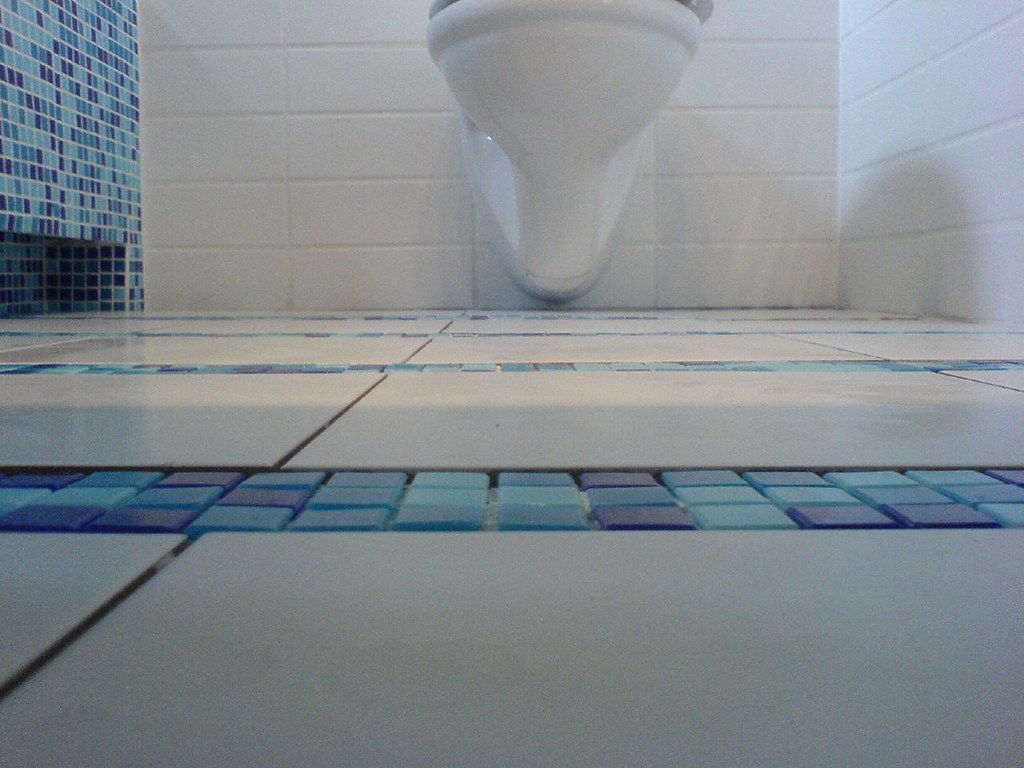
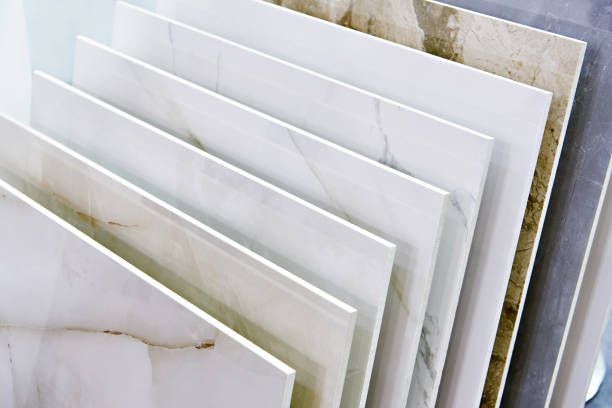
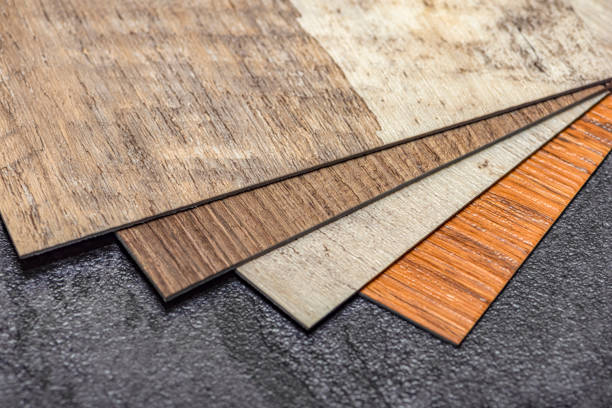
1 thought on “Bathroom Floor Tile Ideas: Ultimate Guide”